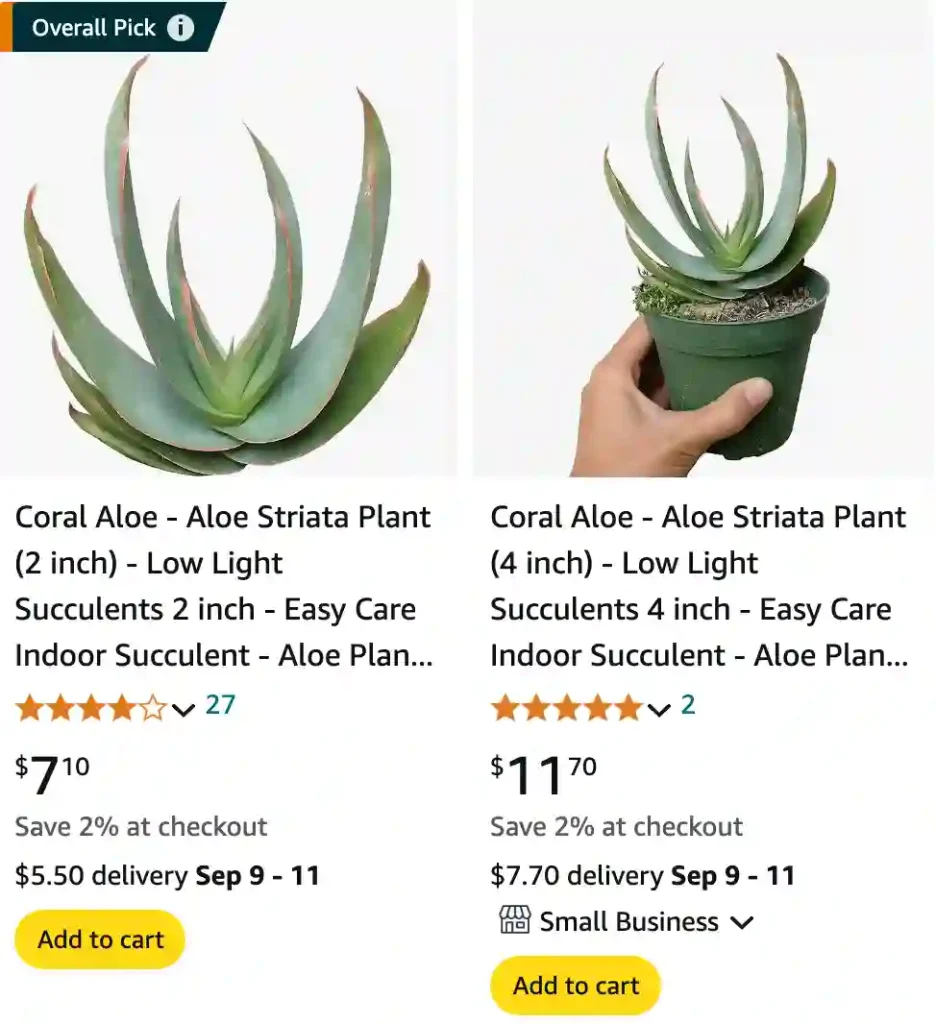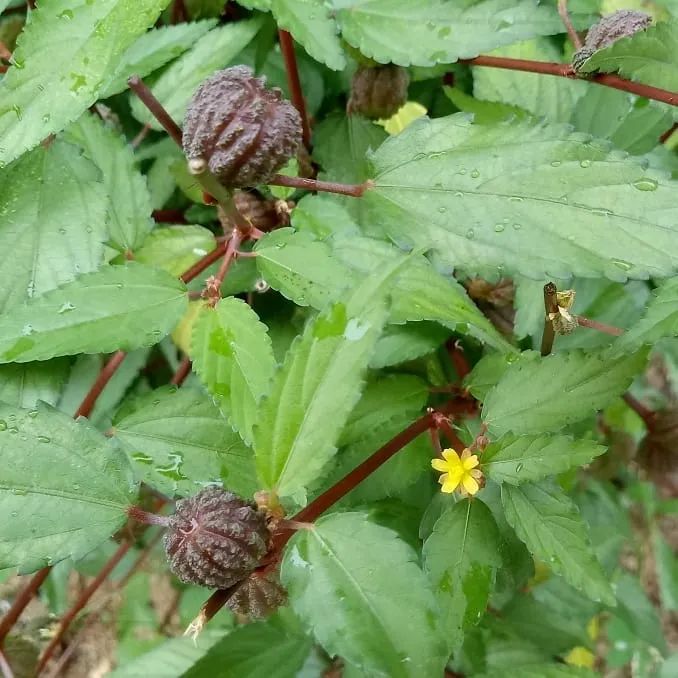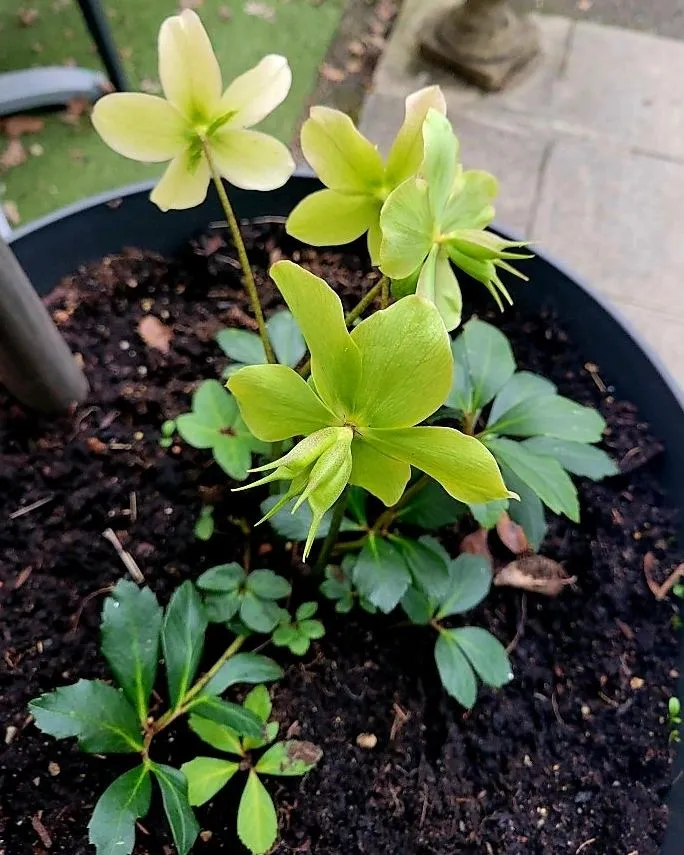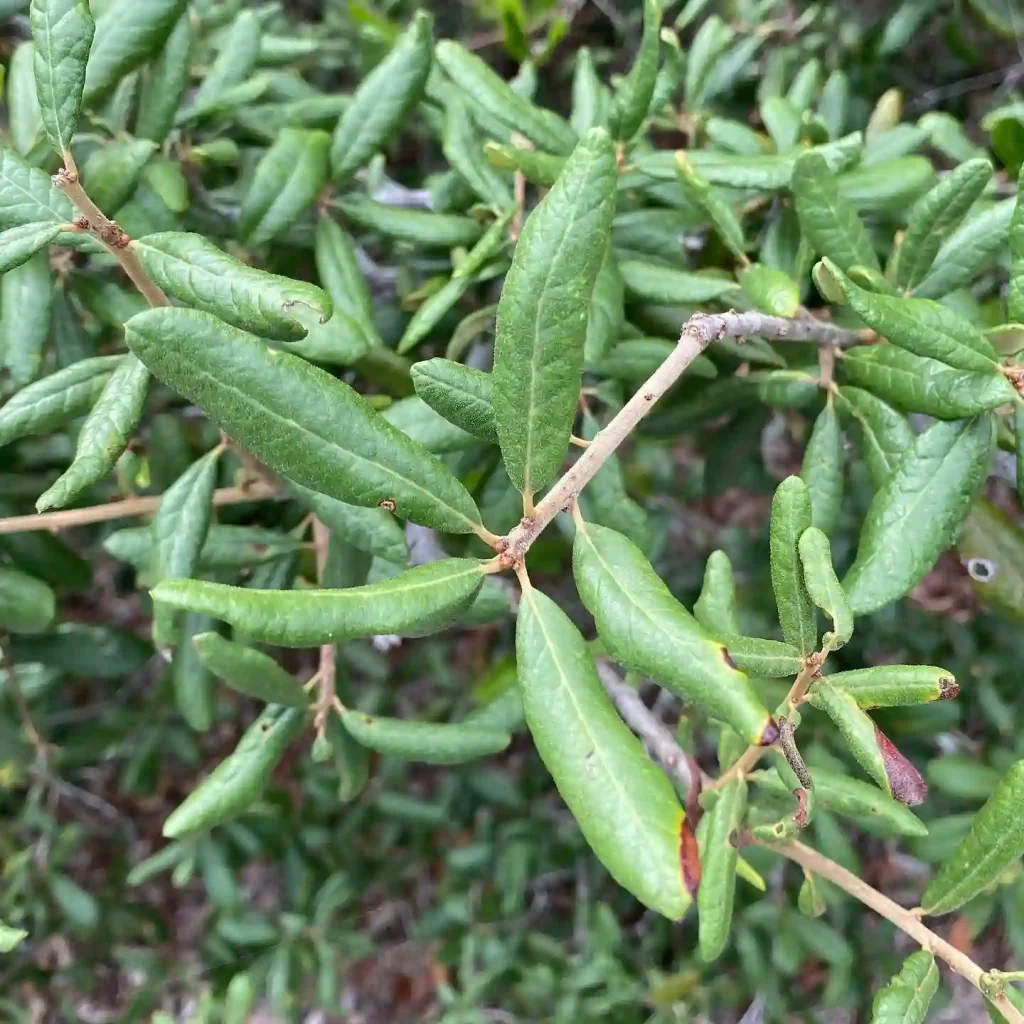
FAQ About Aloe Striata
Aloe Striata, often known as the Coral Aloe, is one of my favorite succulents. It’s not just its unique appearance with its coral-like, pinkish edges that draw me in, but also its relatively easy care routine. I’ve found it’s a great plant for both beginners and seasoned gardeners. In this article, I’ll answer some of the most frequently asked questions about Aloe Striata and share my personal experiences.
605 Species in Genus Aloe
Does Aloe Striata Give Off Significant Oxygen?
Aloe Striata, like other succulents, does contribute to oxygen production, but it’s not as significant as some of the larger houseplants like the Peace Lily or Snake Plant. Succulents are generally less effective at oxygen production compared to these bigger plants, but Aloe Striata does play a small role in improving air quality. The primary benefit of Aloe Striata in terms of air purification is its ability to absorb some pollutants, but don’t rely on it as your main source of oxygen improvement in your home.
How Often to Water Aloe Striata?
One of the most common questions I get about Aloe Striata is about its watering needs. From my experience, Aloe Striata is quite drought-tolerant and doesn’t need frequent watering. Generally, I water my Aloe Striata every 2-3 weeks, depending on the season and climate. During the winter months, I cut back to once a month. The key is to let the soil dry out completely between waterings. Overwatering can lead to root rot, which is a common issue with succulents.
How to Care for an Aloe Striata?
Caring for Aloe Striata is relatively straightforward. Here’s a rundown of the essentials:
- Light: Aloe Striata thrives in bright, indirect light. It can tolerate some direct sunlight, but too much can scorch its leaves. I find a spot near a window with filtered light works best.
- Soil: Use a well-draining succulent or cactus mix. I prefer mixing regular potting soil with sand or perlite to ensure good drainage.
- Temperature: Aloe Striata prefers temperatures between 60°F to 80°F (15°C to 27°C). It’s not frost-tolerant, so if you live in a region with cold winters, bring it indoors or protect it from frost.
- Fertilizer: Feed Aloe Striata with a balanced, diluted fertilizer during the growing season (spring and summer). I usually fertilize every 4-6 weeks.
- Pests: Aloe Striata is relatively pest-free, but keep an eye out for mealybugs or aphids. I treat infestations with insecticidal soap or neem oil.
How to Propagate Aloe Striata?
Propagating Aloe Striata is a rewarding process and quite simple. Here’s how I do it:
- Offsets: Aloe Striata produces offsets or “pups” around its base. Gently separate these pups from the main plant using a clean, sharp knife. Let the offsets dry for a day or two before planting them in a new pot with well-draining soil.
- Leaf Cuttings: Although less common, you can propagate Aloe Striata from leaf cuttings. Carefully cut a healthy leaf at the base, let it dry for a week, and then plant it in a pot with succulent soil. Be patient, as this method can take longer to produce roots.
What to Plant with Aloe Striata?
Aloe Striata pairs well with other succulents and cacti. I like to combine it with varieties like Echeveria, Haworthia, and Sedum for a mixed succulent arrangement. These plants have similar care requirements and complement Aloe Striata’s coral-like foliage beautifully.
Can You Grow Aloe Striata Indoors?
Yes, Aloe Striata is a great choice for indoor gardening. It adapts well to indoor conditions as long as it receives adequate light. A south-facing window is ideal, but if natural light is limited, consider using a grow light to supplement.
Is Aloe Striata Toxic?
Aloe Striata is non-toxic to pets and humans. Unlike some other Aloe species, it does not contain the compounds that could cause irritation or toxicity. However, it’s always best to prevent pets from chewing on any houseplants.
Benefits of Aloe Striata
Apart from its aesthetic appeal, Aloe Striata offers benefits such as being a low-maintenance plant and having some air-purifying qualities. Its compact size makes it ideal for small spaces or as a decorative element on desks and shelves.
Common Problems
The most common issues with Aloe Striata include overwatering and sunburn. If you notice yellowing or mushy leaves, it’s likely a sign of overwatering. Adjust your watering schedule and ensure the plant is in well-draining soil. For sunburn, relocate the plant to a spot with filtered light.
Comparing Aloe Striata with Similar Plants
If you’re considering Aloe Striata, you might also look at Aloe Vera or Aloe Polyphylla. Aloe Vera is known for its medicinal properties and is often grown for its gel. Aloe Polyphylla, or Spiral Aloe, is a more exotic variety with striking spiral growth. While all these aloes have their unique features, Aloe Striata stands out for its unique coral-like appearance and easy care.
In conclusion, Aloe Striata is a fantastic addition to any plant collection. Its ease of care, combined with its attractive, coral-like appearance, makes it a great choice for both new and experienced gardeners. Whether you’re looking to add a splash of color to your space or simply enjoy a low-maintenance plant, Aloe Striata is worth considering.
If i die, water my plants!



